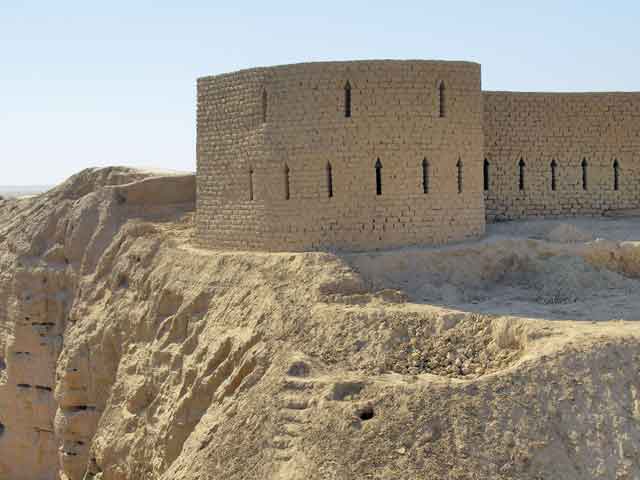Kampyrtepa is a citadel surrounded by a moat, and the "lower city", surrounded from the side by a fortified wall with towers. The citadel, which has multi-meter layers of Hellenistic time, began to settle in the late 4th century. BC. The building of the "lower city" was made according to a single plan at the beginning of the first century. AD And lasted until the reign of Kanishka I (first third of the 2nd century AD).
One of the most important strengths of the fortress is the many-meter layers of Hellenistic time, which are accessible for study on a wide area. This distinguishes it from most of the monuments of Central Asia, on which the horizon of this period is usually buried beneath multimetric strata of later strata.
An important characteristic of the monument is its clearly expressed functional significance. The settlement was located on the edge of the first terrace above the flood plain of the right high bank of the Amudarya River (in ancient times - Oksa) and was established to service the crossing over it. The terrace is about 2 km long and is cut by a grid of ravines with gentle mouths and has natural circuses that are convenient for crossings. It was used in this capacity, beginning with Achaemenid time, as evidenced by the fortress of Shortepa on the western edge of the terrace. Later, at the end of the IV. BC, the ferry is transferred to Kampyrtepa, and from the early Middle Ages its function is performed by Shurobkurgan.



